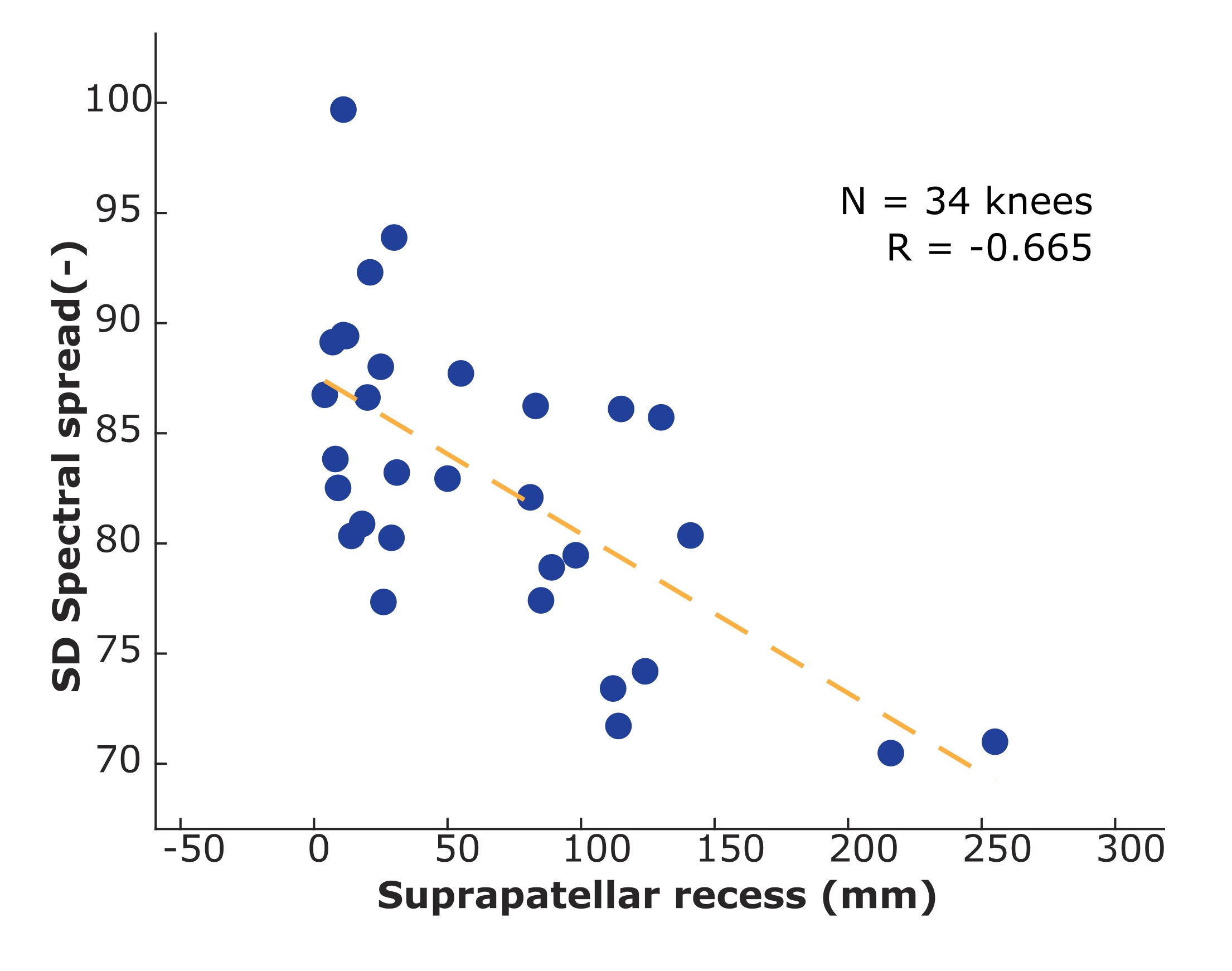Session Information
Session Type: Poster Session A
Session Time: 10:30AM-12:30PM
Background/Purpose: Juvenile idiopathic arthritis (JIA) is a chronic childhood arthropathy affecting 1 in 1000 children under 16, classified into seven categories by ILAR. Commonly, JIA causes knee inflammation, leading to significant joint damage if untreated. Current treatments include NSAIDs, corticosteroids, DMARDs, and biological agents, but they require accurate assessment tools due to potential adverse effects. Traditional methods for assessing JIA activity, like clinical exams and lab tests, are subjective and limited, while imaging techniques like MRI and MSUS are costly and impractical for regular use. Digital biomarkers, such as joint acoustic emissions (JAEs), offer a promising non-invasive and objective way to monitor JIA, enabling better treatment personalization and improving outcomes for affected children.
Methods: We collected joint acoustic emission (JAE) and musculoskeletal ultrasound (MSUS) data from 34 knees of 11 unique patients with juvenile idiopathic arthritis (JIA) (mean age 12.3 ± 3.8 years). JAEs were recorded using accelerometers attached lateral and medial from the distal patellar tendon while subjects performed knee flexion/extension exercises. The accelerometer data were sampled at 100kHz and filtered between 50 and 5000 Hz in 250 Hz increments. From each increment, we analyzed the percentage of the movement cycle surpassing a preset SNR threshold of 10dB, and then calculated click characteristics within the active portions of the movement using 38 spectral and temporal features. We averaged the features from the medial and lateral compartments of each knee and across cycles to obtain comprehensive data points for further analysis. We then analyzed the correlation between the extracted temporal and spectral features from the preprocessed signals and a set of three MSUS metrics (B-mode / power doppler synovitis grade and recess diameter) at three locations (suprapatellar recess, medial parapatellar recess, and lateral parapatellar recess).
Results: A significant negative correlation (R = -0.66, p < < 0.05) was observed between the variance of spectral spread and suprapatellar recess (SPR) size during knee flexion-extension exercises (Figure 1). This finding showed that as the variance of spectral spread decreases, the size of the SPR tends to increase. This suggests a potential relationship between the variance of spectral spread and the fluid volume in the recess that are indicative of the severity of joint inflammation.
Conclusion: The presented results lay an important foundation in recognizing the potential utility of JAE technology to identify and label inflammation of the knee in JIA. While more work needs to be done to increase the sample size and optimize the technology by exploring more salient JAE features and advanced signal processing techniques to identify informative sound segments, JAEs hold promise as a screening or disease monitoring tool that can be used in clinic or at home and that may help decrease disease morbidity caused by JIA in children.
To cite this abstract in AMA style:
Goossens Q, Nichols C, Villacis-Nunez D, Ponder L, Inan O, Prahalad S. Joint Acoustic Emissions as a Digital Biomarker for Knee Inflammation in Juvenile Idiopathic Arthritis: A Pilot Study Using Musculoskeletal Ultrasound as Ground Truth [abstract]. Arthritis Rheumatol. 2024; 76 (suppl 9). https://acrabstracts.org/abstract/joint-acoustic-emissions-as-a-digital-biomarker-for-knee-inflammation-in-juvenile-idiopathic-arthritis-a-pilot-study-using-musculoskeletal-ultrasound-as-ground-truth/. Accessed .« Back to ACR Convergence 2024
ACR Meeting Abstracts - https://acrabstracts.org/abstract/joint-acoustic-emissions-as-a-digital-biomarker-for-knee-inflammation-in-juvenile-idiopathic-arthritis-a-pilot-study-using-musculoskeletal-ultrasound-as-ground-truth/

